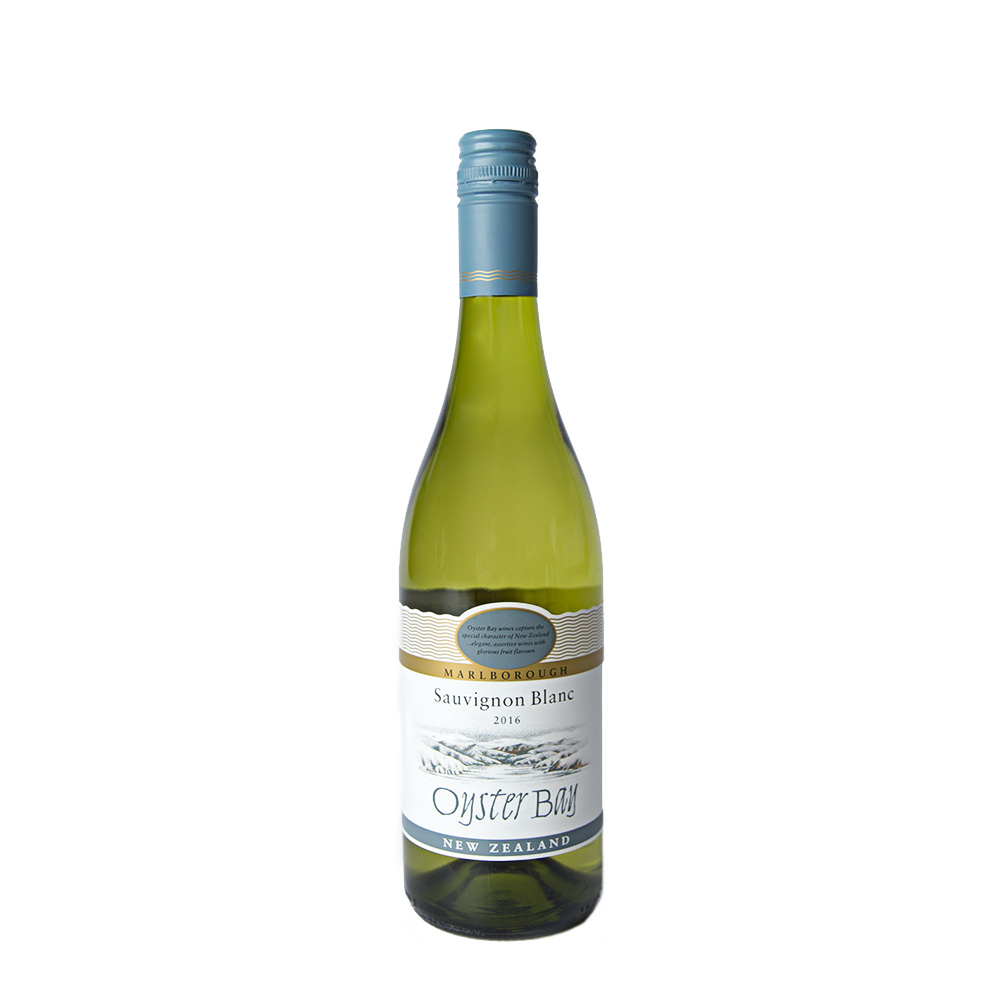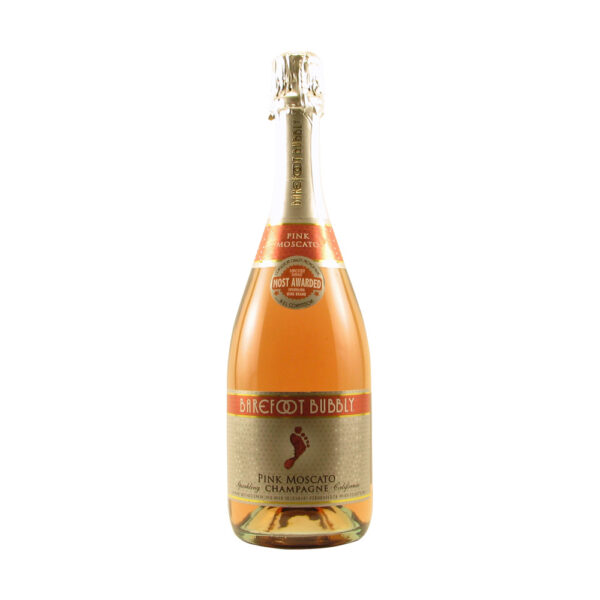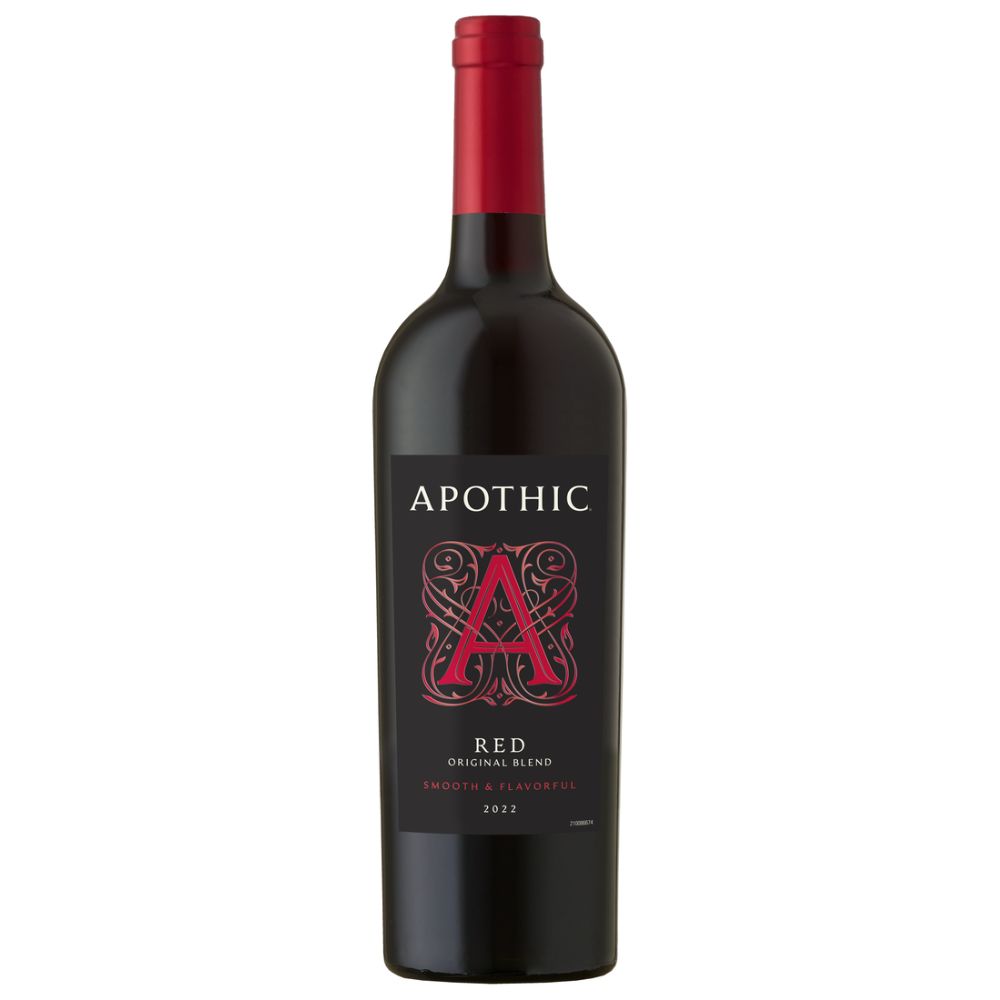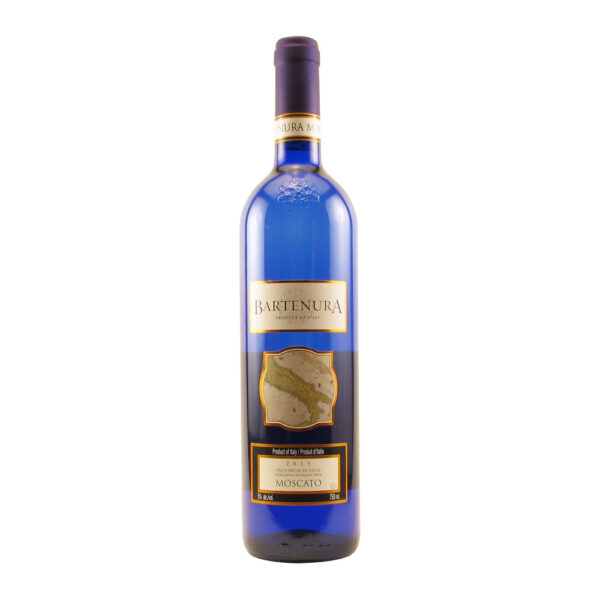Description
Oyster Bay Sauvignon Blanc 750ml
A dry, white wine that is simple, refreshing, and crisp. This is elegant tasting wine with a fruity and tropical bouquet. It’s a perfect balance of acid and fruit, giving you enough weight for your taste buds to feel that is consistent. Simple and crisp.
Your palate will be concentrated on tropical and gooseberry flavors with a ripe lemon to balance it off!
Enticing tropical flavors, scented with fragrant passionfruit, and a zesty freshness to complete the aromas lingering close to the tip of your nose!
Oyster Bay Sauvignon Blanc Notes To Your Senses:
- TASTE: Dry, simple, crisp mellow taste and fruity bouquet of tropical & gooseberry, ripe lemon, and tropical fruit. A perfect acid/fruit balance
- AROMA: Zesty and aromatic with lively fruit characters like passion fruit
- APPEARANCE: Brilliant clarity and a pale straw green color
- ABV: 13.0%
- PAIRING: Fresh salad, seafood
Sauvignon Blanc:
A white-wine grape from western France has successfully emerged and became established all around the world. It is more likely to have originated from Brodeaux, even though it’s associated with the Loire Valley. In the late 20th century, Sauvignon Blanc gained a reputation in Marlborough, New Zealand. It’s colloquially known in that part of the world as “savvy”.
Blanc wine, specifically Sauvignon has a “straightforwardness” to it. Zesty acidity and intense aromatics are a general description due to the wide variety of wine styles. Which makes it an ideal wine to start tasting lessons with. Classic Sauvignon Blanc aromas can range from grass or asparagus to green apples and gooseberries.
A general great pairing for Sauvignon Blanc wine would be, roast chicken with thyme-infused stuffing, prosciutto with rocket and mozzarella, and pan-fried white fish with lemon butter and capers.
Chardonnay vs Sauvignon Blanc:
Sauvignon Blanc
- Lighter-bodied, often with crisper, juicier jolt of acidity
- Range of flavors are possible and could have a touch of fresh-cut grass or fresh herb notes
- Gooseberry, citrus to tropical flavors
- If Sauvignon Blanc is made in an oak barrel, it’ll have a smoky or toasty note
- US and Australia tend to have sweeter varieties
- New Zealand is more of a grassy note
Chardonnay
- Medium- to full-bodied wines
- Apple, fig, melon, pear, pineapple or peach notes
- If it’s made in an oaked style, spice, honey, or butter flavors arise
- The very best varieties made are rich, complex and age well
- Burgundian style is the most balanced among varieties of Chardonnay and less fruity than California styles
- If you prefer the unoaked variety, tasting descriptions should include lean, mineral, fresh, white flowers and citrus blossom
White Wine:
Making it a must have in any household!
Australia:
Australia’s wine comes from 65 different wine regions that are made of all different types of geography, topography, soils, and climate. The continent has the oldest soils on the planet with more than 100 different grape varieties making it the top 5 wine exporting countries. While they are known for exporting, they are known for drinking it too! Australia is the third largest source of imported wine to Canada, Us, and Italy. In 1788, the first grapes were planted in Sydney. However, Australia does have some of the world’s oldest vines. Among the many vineyards, they have 25 that are colder than Bordeaux in France!
Cool-climate regions that are great for winemaking in Australia, are mostly due to altitude and maritime influences on its huge coastline. Tasmania, Margaret River, and Yarra Valley produce elegant wines and emphasize on restraint. Chardonnay and Shiraz are grown in all of Australia’s 65 wine regions. The Barossa Valley takes the title for the largest collection of old vines, many are Shiraz and Grenache that date all the way back to the 1840s!
In Western Australia, there is little wine compared to other areas, but the quality is high. So, take note of where your favorite wines are from and don’t be afraid to try something new, it could become your top 5 must-haves!
A little fact about Australian wine drinkers – they tend to drink white wines too cold and red too warm. By doing this, the coldness suppresses its fruit flavor and increases the oak character and tannin. If you drink it too warm, it exaggerates alcohol but softens tannin. So, drink at your preference, but be aware of how you drink it before your taste buds make the final decision!
Master Sommelier Little Known, Big Facts:
- The color of wine depends on the fermentation extracts using skin, like Red wine as compared to white wine, leaving the skin behind
- The oldest bottle of wine dates back to A.D. 325; it was found in Germany inside two Roman sarcophaguses
- The worst place to store wine is usually in the kitchen because it’s typically too warm, in refrigerators, their warmest setting can be too cold
- Richer heavier foods usually pair well with richer, heavier wines; light wines pair with lighter foods
- Generally, a vintage wine is a product of a single year’s harvest, not when the wine is bottled
- A “dumb” wine refers to the lack of odor while a “numb” wine has no odor and no potential of developing a pleasing odor in the feature
- If a server or sommelier hands you a cork, don’t smell it, look for the date or other information ( mold, cracking, or breaks)
- Tannin is a substance that tingles the gums when you indulge your palate with a sip of wine, it’s an excellent antioxidant
- Smell is by far the most important sense when it comes to drinking wine
- Wine was first developed in Mesopotamia, not France
- French wines are labeled following the soil on which they are produced, not according to the grape used
- When chilling wine, adding salt to ice will cool it down faster
Warnings:
You must be 21 or over to purchase this product.
Instructions:
Serve chilled or at room temperature






Reviews
There are no reviews yet.